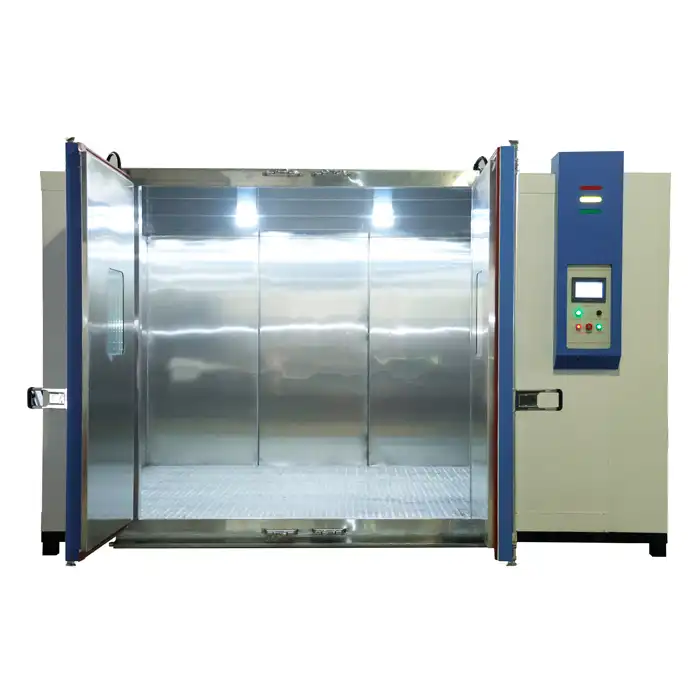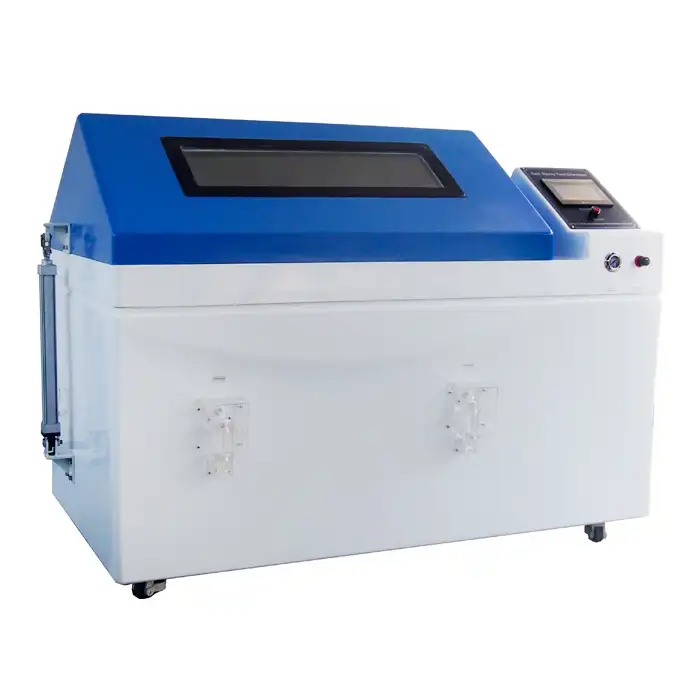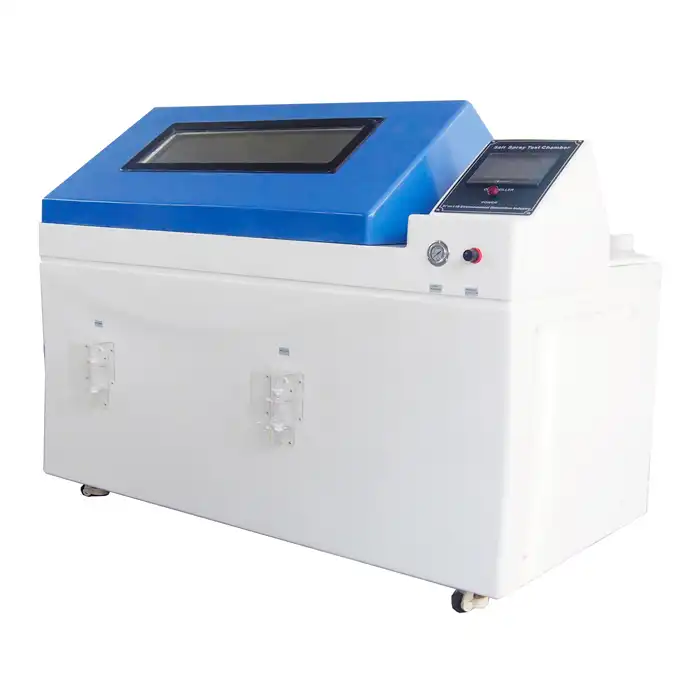How does thermal chamber work?
Thermal chambers are integral to product testing and quality assurance across multiple industries. They simulate various temperature environments to test the durability, performance, and reliability of products and materials. In this blog post, we delve into the working principles of thermal chambers, answering commonly searched questions to provide a comprehensive understanding.
What Is a Thermal Chamber and How Is It Used?
A thermal chamber is a specialized piece of equipment designed to create controlled temperature environments for testing products. Here's an in-depth look at what thermal chambers are and their primary uses:
Design and Structure: Thermal chambers are insulated enclosures that can rapidly change temperature within a specified range. They consist of heating and cooling systems, sensors, and control units to maintain precise temperature conditions.
Types of Thermal Chambers: There are various types of thermal chambers, including temperature-only chambers, thermal shock chambers, and humidity chambers, each designed for specific testing needs.
Applications: Thermal chambers are used in industries such as electronics, automotive, aerospace, and pharmaceuticals. They help manufacturers ensure product quality by simulating different environmental conditions like extreme cold, heat, and humidity.
Use Cases
Electronics: Testing circuit boards and components for thermal stability.
Automotive: Ensuring that vehicle parts can withstand temperature extremes.
Pharmaceuticals: Assessing the stability of drugs and biological samples under varying temperatures.
How Does Temperature Control in a Thermal Chamber Work?
Temperature control is a critical aspect of thermal chambers. Here's how these chambers achieve precise temperature regulation:
Heating Systems: Thermal chambers use electric heaters or infrared lamps to raise the temperature inside the chamber. These systems are controlled by temperature sensors and feedback mechanisms to maintain desired temperature levels.
Cooling Systems: Cooling is achieved through refrigeration systems that use compressors, evaporators, and refrigerants to lower the temperature. Liquid nitrogen or CO2 can also be used for rapid cooling.
Temperature Sensors: High-precision sensors measure the temperature inside the chamber and relay this information to the control system.
Control Units: Advanced thermal chambers are equipped with programmable logic controllers (PLCs) that allow users to set and monitor temperature profiles. These controllers adjust the heating and cooling systems to maintain the specified temperature.
Advanced Features
PID Controllers: Proportional-Integral-Derivative controllers fine-tune temperature control by continuously adjusting the heating and cooling rates.
Data Logging: Thermal chambers often include data logging capabilities to record temperature changes and product responses for analysis.
What Are the Benefits of Using a Thermal Chamber?
Thermal chambers offer numerous benefits, making them essential in product development and testing:
Enhanced Product Reliability: By simulating real-world temperature conditions, thermal chambers help identify potential failures before products reach the market.
Improved Quality Assurance: Thermal testing ensures that products meet industry standards and customer expectations for durability and performance.
Accelerated Testing: Thermal chambers can speed up the testing process, providing rapid feedback on product performance under extreme conditions.
Industry Examples
Aerospace: Testing components for thermal resilience in space-like conditions.
Consumer Electronics: Ensuring devices can operate in diverse climates.
Automotive: Verifying that engines and other components perform reliably under temperature extremes.
What Standards Govern Thermal Chamber Testing?
Thermal chamber testing is regulated by various standards to ensure consistency and reliability. These standards are set by organizations such as ASTM International, the International Electrotechnical Commission (IEC), and the United States Department of Defense (DoD). Key standards include:
ASTM D5423: Standard specification for the environmental testing of materials.
IEC 60068: Series of standards covering environmental testing of electronic components.
MIL-STD-810: Military standard for environmental engineering considerations and laboratory tests.
ISO 16750: Road vehicles – environmental conditions and testing for electrical and electronic equipment.
Importance of Compliance
Adhering to these standards ensures that products are tested under consistent and repeatable conditions, providing reliable data on their performance and durability. This is crucial for industries like aerospace, defense, and automotive, where product failure can have severe consequences.
How Is Data Collected and Analyzed in a Thermal Chamber?
Data collection and analysis are vital components of thermal chamber testing. Here's how it works:
Sensors and Instrumentation: Thermal chambers are equipped with various sensors to measure temperature, humidity, and other environmental parameters. These sensors provide real-time data on the conditions inside the chamber.
Data Logging: Modern thermal chambers come with data logging capabilities that record temperature changes, product responses, and test durations. This data is stored for further analysis.
Software Integration: Advanced chambers integrate with software systems that allow users to visualize and analyze the collected data. These systems provide detailed reports on product performance and identify trends or anomalies.
Analysis Techniques
Statistical Analysis: Using statistical methods to interpret test data and determine product reliability.
Trend Analysis: Identifying patterns in the data to predict product behavior under different conditions.
Failure Analysis: Investigating the causes of product failures observed during testing to make necessary improvements.
Conclusion
Thermal chambers are indispensable tools in product testing and quality assurance, providing controlled environments to simulate real-world conditions. They help manufacturers ensure product reliability, meet industry standards, and accelerate development cycles. By understanding the operation, benefits, standards, and data analysis techniques associated with thermal chambers, companies can enhance their testing processes and deliver high-quality products.
For more information, please contact ellen@lib-industry.com.
References
Thermotron Industries. Thermal Test Chambers.
Weiss Technik. Thermal Shock Test Chambers TS Series.
ESPEC. Thermal Chambers.
Climatic Testing Systems. Temperature and Humidity Chambers.
ASTM International. ASTM D5423 Standard Specification.
IEC. IEC 60068 Environmental Testing.
DoD. MIL-STD-810 Environmental Engineering Considerations.
ISO. ISO 16750 Road Vehicles Standards.
Test Chamber Solutions. How Thermal Chambers Work.
Qualmark. Data Analysis in Environmental Testing.



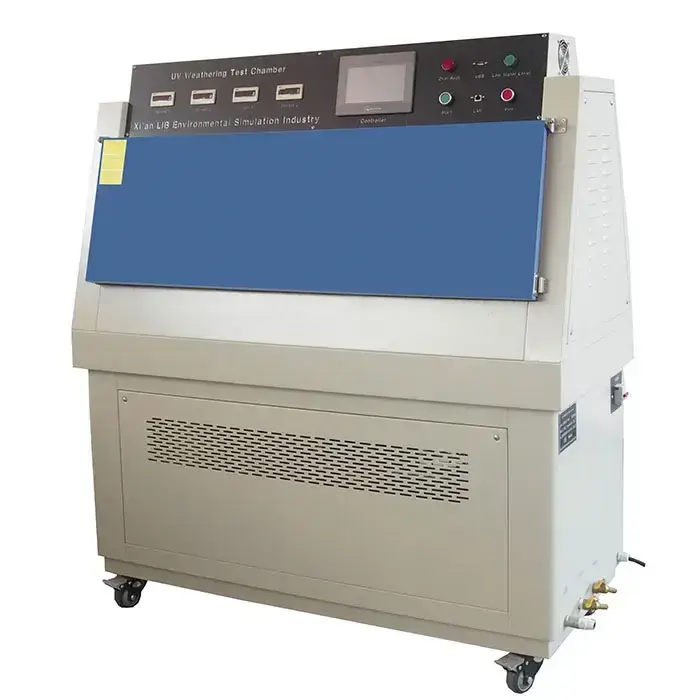
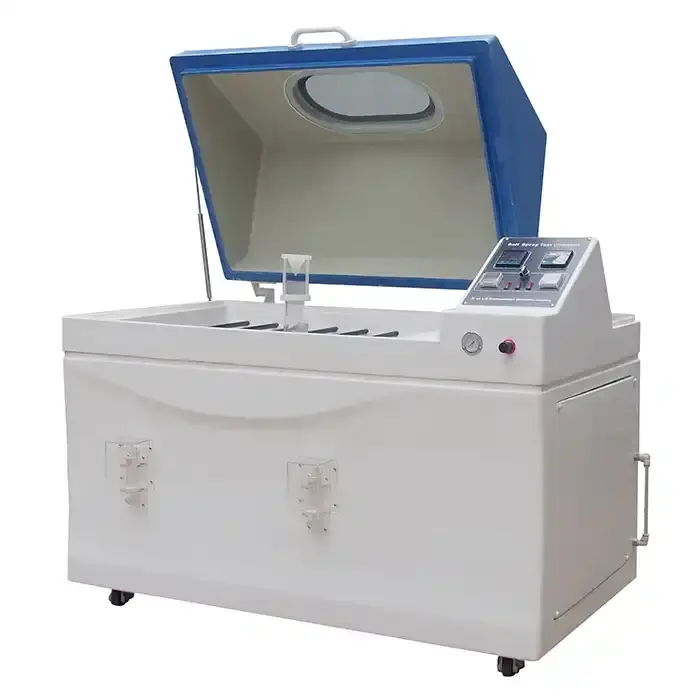
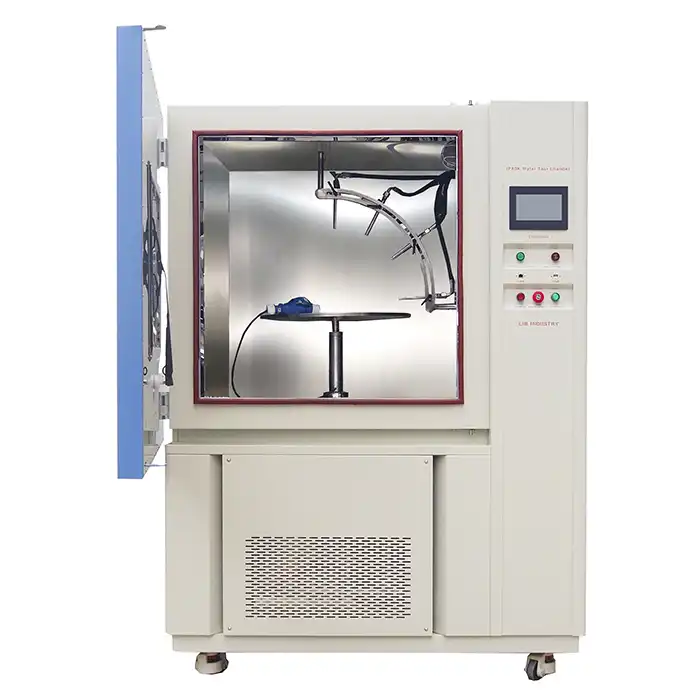
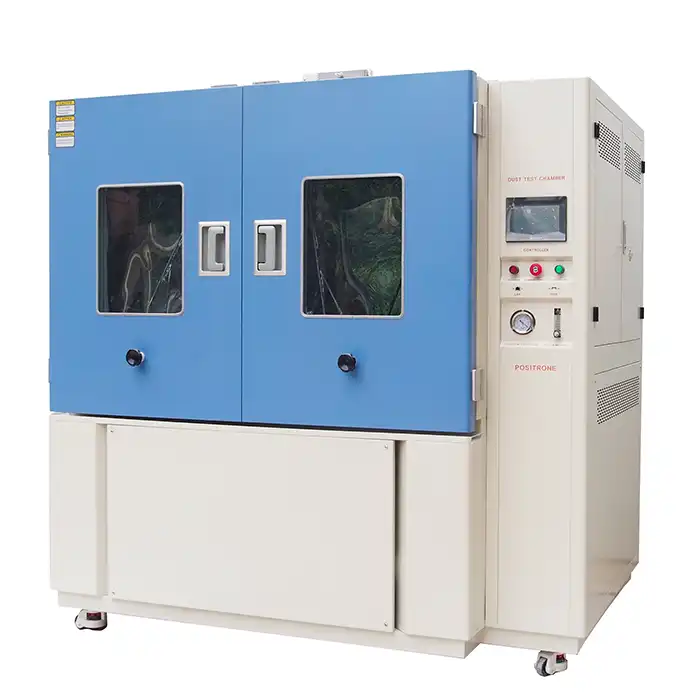
.webp)
